 BUDAPEST: The leu firmed and Romanian government bond yields rose slightly after the country reported a rise in annual inflation to its highest level since 2013, which may hit demand at a debt auction in Bucharest.
BUDAPEST: The leu firmed and Romanian government bond yields rose slightly after the country reported a rise in annual inflation to its highest level since 2013, which may hit demand at a debt auction in Bucharest.
The inflation increase, driven by the European Union's fastest wage rises, is in contrast with a retreat in inflation rates in most of the region.
The jump to 5 percent was a tad above analyst forecasts and coincided with other figures showing a month-on-month fall in Romania's industrial output in February.
In annual terms, output was still rising at a robust 6.7 percent rate and growth is seen roaring on, but the rise in inflation and the current account deficit are fuelling concern about the economy's balance.
The trends have been well flagged by the Romanian central bank and the high inflation figure underpins expectations that the bank will continue to raise interest rates to push inflation lower.
The leu, which has been quite stable since the bank launched its rate hike cycle in January, firmed mildly against the euro by 0842 GMT.
Romanian bond yields climbed by a few basis points, with the 5-year paper bid at a yield of 3.99 percent, up 6 basis points.
An auction of 2024-expiry bonds is likely to attract "defensive bids" after the inflation figures, around Wednesday's closing bids of 4.16 percent, ING analysts said in a note.
"A rejection of the auction is also possible as ROMGBs have been rather divergent lately, compared to regional developments." they said.
The country's bonds missed a decline in yields in Budapest and Warsaw.
Polish 5- and 10-year bond yields fell this week to their lowest levels since 2016, helped by mild March inflation data which led the Polish central bank to reaffirm its loose policy stance on Wednesday.
In Hungary, Prime Minister Viktor Orban's right-wing government won a third successive term in Sunday's elections, boosting government bonds as policies remain predictable.
Hungarian bonds were steady on Thursday ahead of an auction which traders said was likely to draw solid demand.
The dinar was steady ahead of the Serbian central bank meeting, which is expected to keep the region's highest central bank benchmark rate on hold at 3.25 percent, after a cut last month.


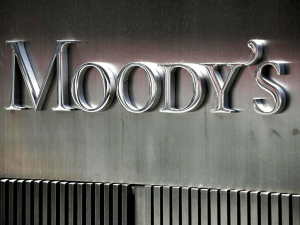



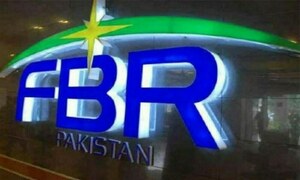
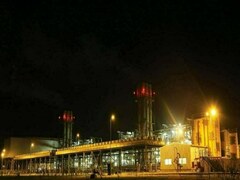



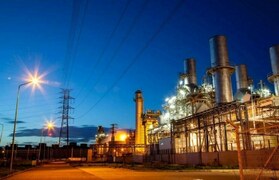




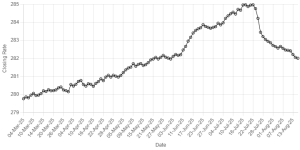
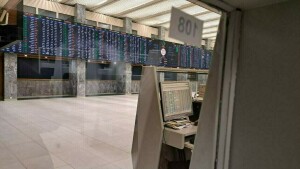



Comments
Comments are closed.